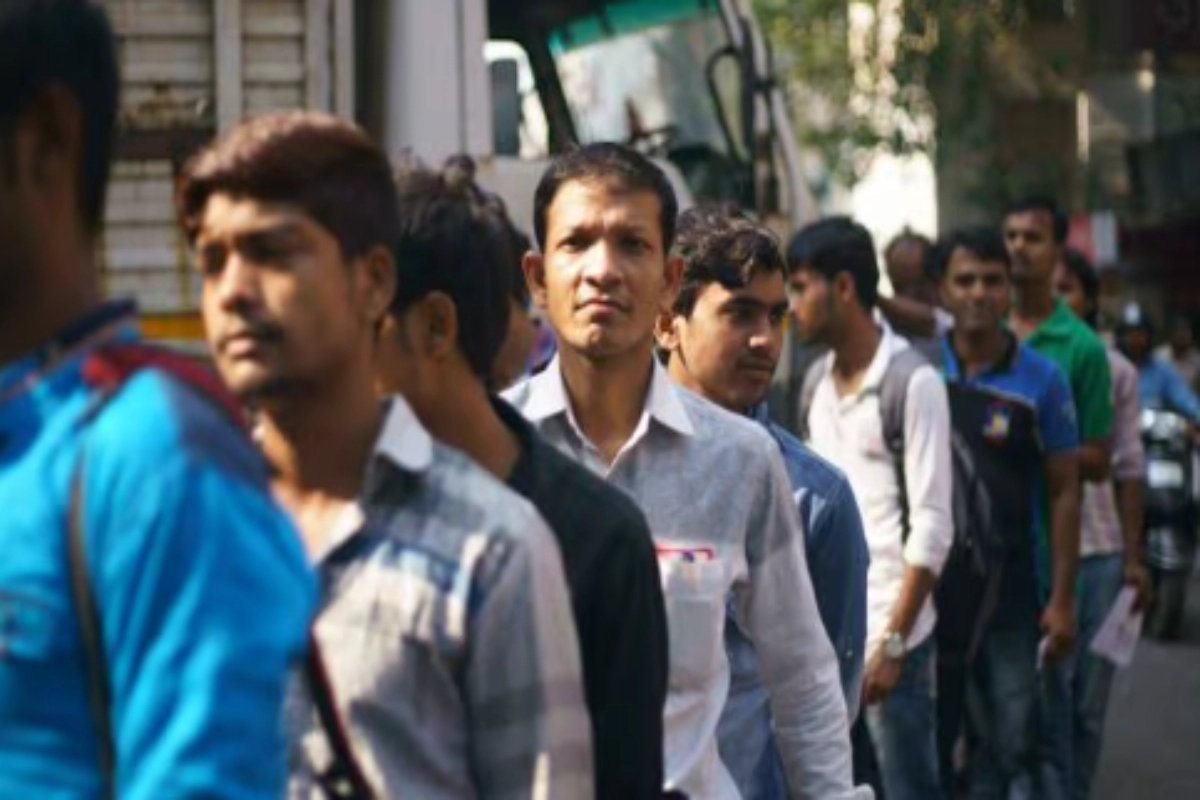Unemployment rate in India: The Press Information Bureau (PIB) India recently released the Periodic Labour Force Survey (PLFS) – Quarterly Bulletin (January-March 2024), which provides important new information about the employment situation in the nation’s cities.
Decrease in Urban Unemployment Rate
The bulletin states that the unemployment rate (UR) for people who are 15 years of age and older in urban areas has significantly decreased, falling to 6.7% between January and March of 2024. This decline is consistent with an upward trend in work prospects in urban areas, which may point to better economic times and job-creation programs.
The report also points out a particularly positive development in terms of female unemployment. From January to March 2024, the female unemployment rate dropped to 8.5%, indicating advancements in gender parity in the workforce. This decline raises the possibility that initiatives to increase female labor market participation are having a beneficial effect.
Increasing Labour Force Participation Rate (LFPR)
The Labour Force Participation Rate (LFPR) in urban areas is on the rise, which is another noteworthy finding from the PLFS Quarterly Bulletin. For those who are 15 years of age and older, the LFPR consistently rises, going from 48.5% to 50.2% between January and March 2023 and January and March 2024, respectively. This upward trend suggests that people are becoming more willing to participate in profitable economic endeavors, which is indicative of optimism and confidence regarding the labor market.
Implications for Economic Growth
Overall, the PLFS Quarterly Bulletin’s findings highlight the tenacity and vibrancy of India’s urban labor force. The decrease in unemployment rates, especially for women, in conjunction with the increase in labor force participation, is encouraging for the trajectory of economic growth in the nation. With policymakers and stakeholders keeping an eye on these trends and taking appropriate action, there is hope for continued advancement in improving job prospects and encouraging inclusive development throughout India’s cities.
